
Keywords: history 1975-2000
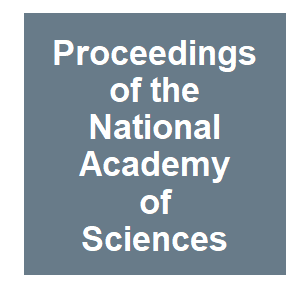
|
Mariner transposition and transformation of the yellow fever mosquito, Aedes aegyptiC. J. Coates, N. Jasinskiene, L. Miyashiro and A. A. James, Proceedings of the National Academy of Sciences of the United States of America, 95:3748-3751. 1998.
The mariner transposable element is capable of interplasmid transposition in the embryonic soma of the yellow fever mosquito, Aedes aegypti. To determine if this demonstrated mobility could be utilized to genetically transform the mosquito, a modified mariner element marked with ... Keywords: Culex, cytoplasmic incompatibility, gene drive natural, history 1975-2000, pipiens-fatigans, wolbachia |
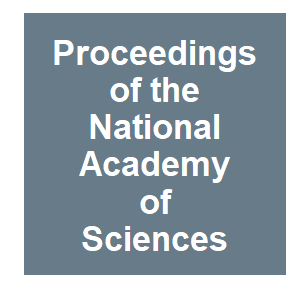
|
Stable transformation of the yellow fever mosquito, Aedes aegypti, with the Hermes element from the houseflyN. Jasinskiene, C. J. Coates, M. Q. Benedict, A. J. Cornel, C. S. Rafferty, A. A. James and F. H. Collins, Proceedings of the National Academy of Sciences of the United States of America, 95:3743-3747. 1998.
The mosquito Aedes aegypti is the world's most important vector of yellow fever and dengue viruses, Work is currently in progress to control the transmission of these viruses by genetically altering the capacity of wild Ae, aegypti populations to support virus replication. The ... Keywords: Culex, cytoplasmic incompatibility, gene drive natural, history 1975-2000, pipiens-fatigans, wolbachia |

|
Wolbachia as a possible means of driving genes into populationsCurtis, CFS, S. P., Parasitology, 116:S111-S115. 1998.
Cytoplasmic incompatibility consists of sterility in cross matings, the crossing type being maternally inherited. It can be explained by the action of Wolbachia symbionts which are transmitted through the egg cytoplasm and leave an imprint on the sperm which prevents it ... Keywords: Culex, cytoplasmic incompatibility, gene drive natural, history 1975-2000, pipiens-fatigans, wolbachia |
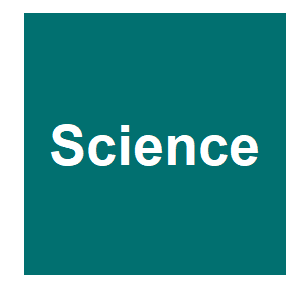
|
Gene transfer into the Medfly, Ceratitis capitata, using a Drosophila hydei transposable element.T. G. Loukeris, I. Livadaras, B. Arca, S. Zabalou and C. Savakis, Science, 270:2002-2005. 1995.
Exogenous functional DNA was introduced into the germline chromosomes of the Mediterranean fruit fly (medfly) Ceratitis capitata with a germline transformation system based on the transposable element Minos from Drosophila hydei. Transformants were identified as phenotypic ... Keywords: Culex, cytoplasmic incompatibility, gene drive natural, history 1975-2000, pipiens-fatigans, wolbachia |

|
Can transposable elements be used to drive disease refractoriness genes into vector populations?M. G. Kidwell and J. M. C. Ribeiro, Parasitology Today, 8:325-329. 1992.
A number of biological procedures are currently being considered as alternatives to insecticide-based methods for the control of insect vectors of disease. Among these are the adaptation of various genetic mechanisms to drive genes of interest, such as refractoriness to malaria ... Keywords: Culex, cytoplasmic incompatibility, gene drive natural, history 1975-2000, pipiens-fatigans, wolbachia |
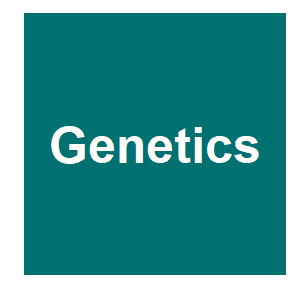
|
Rapid spread of transposable P elements in experimental populations of Drosophila melanogaster.A. G. Good, G. A. Meister, H. W. Brock, T. A. Grigliatti and D. A. Hickey, Genetics, 1223:387-396. 1989.
The invasion of P elements in natural populations of Drosophila melanogaster was modeled by establishing laboratory populations with 1 %, 5% and 10% P genomes and monitoring the populations for 20 generations. In one experiment, the ability of flies to either induce or suppress ... Keywords: Culex, cytoplasmic incompatibility, gene drive natural, history 1975-2000, pipiens-fatigans, wolbachia |
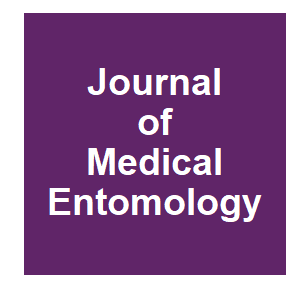
|
Transporting marker gene re (red eye) into a laboratory cage population of Aedes-aegypti (Diptera Culicidae), using meiotic drive at MD locusR. J. Wood, L. M. Cook, A. Hamilton and A. Whitelaw, Journal of Medical Entomology, 14:461-464. 1977.
An attempt has been made to use the meiotic drive gene MD to transport a marker re (redeye) into a laboratory population of the mosquito Aedes aegypti. The experiment produced an increase in re frequency, but also indicated that this gene has unexpectedly high fitness in the ... Keywords: Culex, cytoplasmic incompatibility, gene drive natural, history 1975-2000, pipiens-fatigans, wolbachia |
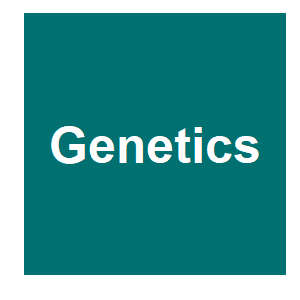
|
Experimental population-genetics of meiotic drive systems .1: Pseudo-Y chromosomal drive as a means of eliminating cage populations of Drosophila melanogasterLyttle, TW, Genetics, 86:413-445. 1977.
The experimental population genetics of Y-chromosome drive in Drosophila; melanogasier is approximated by studying the behavior of T(Y;S),SD lines.; These exhibit “pseudo-Y” drive through the effective coupling of the Y chromosome; to the second chromosome meiotic drive ... Keywords: Culex, cytoplasmic incompatibility, gene drive natural, history 1975-2000, pipiens-fatigans, wolbachia |
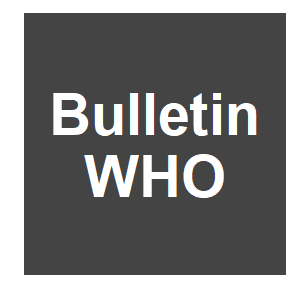
|
Population replacement in Culex-fatigans by means of cytoplasmic incompatibility .2. Field cage experiments with overlapping generationsC. F. Curtis, Bulletin of the World Health Organization, 53:107-119. 1976.
Three experiments were carried out in field cages to test the principle of " transport" of a desirable gene or chromosome into a wild Culex fatigans population as a result of the sterility in cross-matings associated with cytoplasmic incompatibility. Cycling populations of Delhi ... Keywords: Culex, cytoplasmic incompatibility, gene drive natural, history 1975-2000, pipiens-fatigans, wolbachia |

Contact
David O’Brochta
Foundation for the
National Institutes of Health
geneconvenevi@fnih.org
RSS

